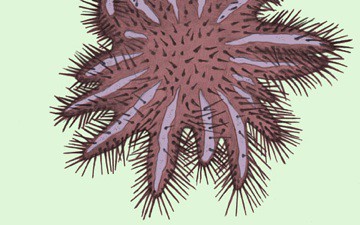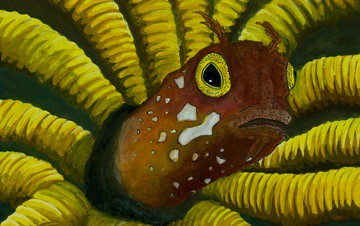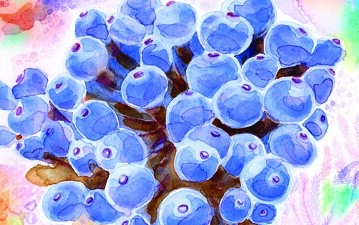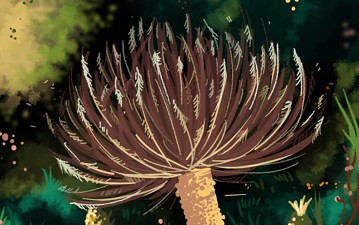World Science Festival Coral Reef Deck
2012 – (See cards | Deck Info | Download | Purchase)…
The WSF Coral Reef Deck was produced in collaboration with the 2012 World Science Festival‘s coral reef exhibit, Reefs As Never Before Seen. The exhibit premiered on May 31st, 2012, at the American Museum of Natural History in New York City. The game consists of 39 different cards, and would be considered an advanced version of the game given the less familiar complexity involved in marine ecosystems.

Bluebell Sea Squirts
Clavelina moluccensis


5 POINTS
• Clavelina moluccensis is a FILTER FEEDER, and needs to be played adjacent to at least 1 compatible PLANKTON SPECIES.

Crown of Thorns Starfish
Acanthaster planci


8 POINTS
• Acanthaster planci must be (played) adjacent to at least 1 compatible WARM WATER CORAL SPECIES. • Or, Acanthaster planci is OPPORTUNISTIC. Place on top and discard any compatible WARM CORAL SPECIES.

Spinyhead Blenny
Acanthemblemaria spinosa


4 POINTS
• Acanthemblemaria spinosa has a MOVE of 2. • It must be played adjacent to at least 1 compatible PLANKTON SPECIES or 1 compatible crustacea SPECIES of SCALE 4 or less.

Bubble-tip anemone
Entacmaea quadricolor


4 POINTS
• Entacmaea quadricolor is a SUSPENSION FEEDER and CARNIVORE of small animals. • It must be played adjacent to at least 1 compatible PLANKTON SPECIES or 1 compatible crustacea or actinopterygii SPECIES of SCALE 4 or less.

Christmas Tree Worm
Spirobranchus giganteus


6 POINTS
• Spirobranchus giganteus is a SUSPENSION FEEDER, and needs to be played adjacent to at least 1 compatible PLANKTON SPECIES.

Feather Duster Worm
Sebellastarte magnifica


5 POINTS
• Sebellastarte magnifica is a SUSPENSION FEEDER, and needs to be played adjacent to at least 1 compatible PLANKTON SPECIES.